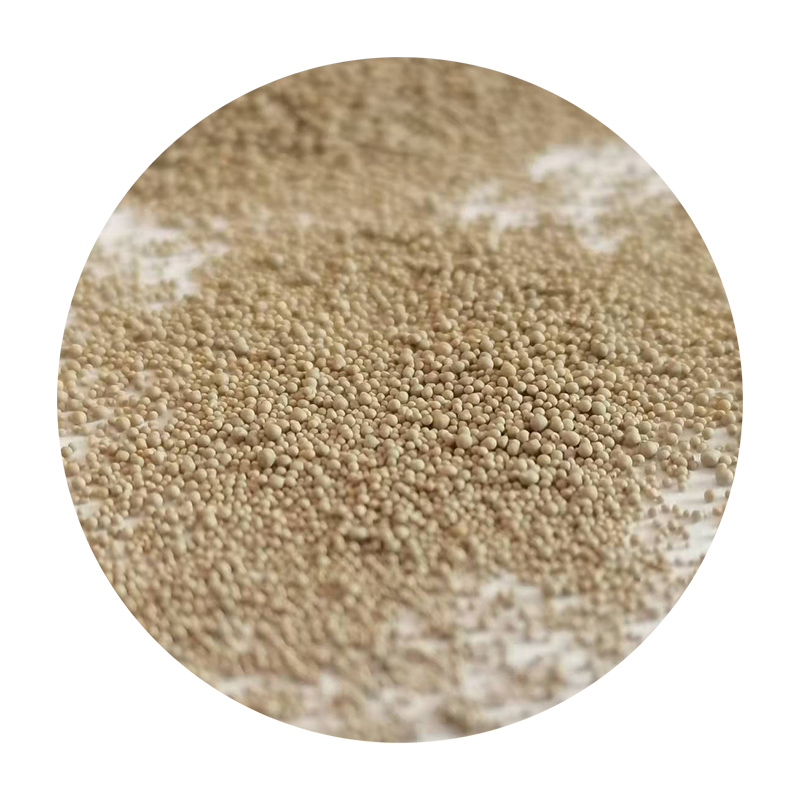Understanding Sand Sintering Process, Applications, and Benefits
Sand sintering is a fascinating process that involves the thermal treatment of sand, primarily aimed at enhancing its properties for various industrial applications. This technique leverages heat to cause the fine particles of sand to bond together, forming solid structures that exhibit higher strength and stability. Understanding the mechanisms, applications, and advantages of sand sintering is essential for industries ranging from construction to manufacturing.
The Sintering Process
Sintering is a process that occurs at elevated temperatures, allowing particles to adhere to each other without melting completely. In the context of sand sintering, silica (the primary component of sand) is subjected to heat treatment, typically in the range of 1,400 to 1,600 degrees Celsius. This high temperature facilitates the diffusion of atoms at the surface of the sand grains, leading to the formation of bond points between adjacent particles.
The sand can be mixed with various additives to enhance its properties during sintering. These additives can help improve the sintered material's strength, thermal stability, and resistance to environmental factors. Depending on the specific application, the composition of the sand and the choice of additives can vary significantly, making it a highly customizable process.
Applications of Sand Sintering
1. Construction Industry One of the primary applications of sand sintering is in the construction sector. Sintered sand can be used to produce durable and heat-resistant building materials. These materials are particularly beneficial in constructing pavements, bricks, and blocks that can withstand harsh weather conditions.
2. Foundry Molds In metal casting, sand is often used to create molds. Sintered sand molds exhibit excellent dimensional stability and are capable of withstanding high temperatures encountered during the metal pouring process. This characteristic is crucial in achieving high-quality castings without defects.
3. Ceramics Sintered sand is also used in the production of ceramics, where it serves as a primary material in the fabrication of glass and ceramic products. The sintering process enhances the strength and durability of these materials, making them suitable for both artistic and functional applications.
sand sintering

4. Environmental Applications Sintering can also play a role in waste management and land reclamation. By binding sand particles together, it is possible to create barriers and layers that can contain contaminants or facilitate the reclamation of disturbed land.
Benefits of Sand Sintering
The benefits of sand sintering are numerous
1. Enhanced Strength Sintering significantly increases the mechanical strength of sand, making it more suitable for load-bearing applications. The inter-particle bonding reduces the likelihood of breakage or deformation under stress.
2. Improved Thermal Resistance Sintered sand can withstand higher temperatures compared to untreated sand. This property is particularly beneficial in applications such as foundry molds and construction materials that are exposed to heat.
3. Versatility in Applications The ability to customize the composition of sintered sand allows for a wide range of applications across different industries. This versatility makes sand sintering an attractive option for many manufacturers.
4. Cost-Effectiveness By utilizing existing sand resources, industries can reduce the need for expensive raw materials. The sintering process often transforms low-cost sand into high-value products, thus enhancing profitability.
Conclusion
Sand sintering is a transformative process that enhances the properties of sand, making it a valuable resource in numerous industries. By understanding its mechanisms and advantages, stakeholders can better harness its potential for innovation. As global demand for durable and efficient materials continues to rise, the relevance of sand sintering is likely to grow, paving the way for exciting developments in material science and engineering. The future will undoubtedly witness advancements that further optimize this process, expanding its applicability and improving overall sustainability in various sectors.
Post time:Nov . 24, 2024 12:24
Next:lost foam sand casting
